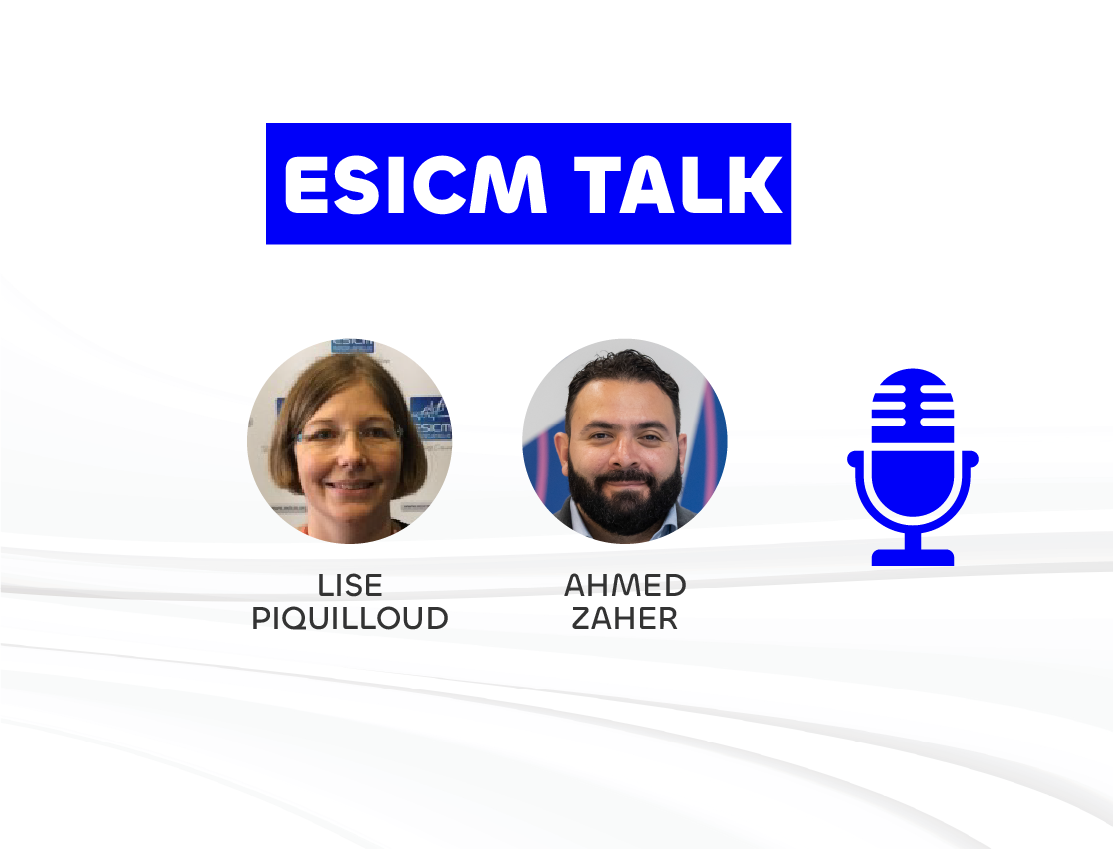Acute Respiratory Failure
The Acute Respiratory Failure section is led by Lise Piquilloud.
ARF News



Resources
Education
Courses
We offer a progressive pathway for better integration of what is being learnt in Acute Respiratory Failure & Mechanical Ventilation, with the possibility to choose based on your needs, skills and aims.
- Level 1: Foundation Course in ARF & MV
- Format: Virtual
- Dates: April 9-10, 2024
- Level 2: Transition Course in ARF & MV
- Format: Virtual
- Dates: June 27-28, 2024
Webinars
Free live webinars are available for members & non members on the ESICM Media Library.
Research
Projects
APRONET
APRONET is a ONE-day prevalence study initiated by the ESICM Acute Respiratory Failure Section (ARF), which will be repeated four times during a one year period. It is a multicentre observational prospective study with no patient follow-up. Prone position is used in almost 14% of severe ARDS patients according to the results of the LUNG-SAFE study. This rate is rather low given the results of the most recent trial that showed a beneficial effect of proning on patient outcome, a finding which is in line with previous meta-analyses. The reasons why the use of proning is still limited are unclear.
WEAN SAFE
WorldwidE AssessmeNt of Separation of pAtients From ventilatory assistancE is a multi-centre, prospective, observational, 4-week inception cohort study being carried out by the Acute Respiratory Failure section of ESICM. Weaning represents a challenge for intensivists and patients spend a considerable amount of time in being liberated from mechanical ventilation. While guidelines do exist on the classification of weaning, a recent study has shown that these may not be applicable to all patients.
SUPERNOVA
A Strategy of UltraProtective lung ventilation With Extracorporeal CO2 Removal for New-Onset moderate to seVere ARDS. It was a pilot trial; a feasibility and safety trial This study will assess changes in pH/ PaO2 /PaCO2, Respiratory Rate and device CO2 clearance in the first 24 hours of ECCO2R following VT and plateau pressure reduction in patients with moderate ARDS. Safety variables during treatment will also be analysed.
LUNG SAFE
Large observational study to UNderstand the Global impact of Severe Acute respiratory FailurE is a multicentre, prospective, observational, 4-week inception cohort study, which has been carried out by the Acute Respiratory Failure section through the ESICM Trials Group. The study aimed to prospectively assess the burden of, management and therapeutic approaches to, and outcomes from acute hypoxaemic respiratory failure requiring ventilatory support, with a specific focus on ARDS as defined by the Berlin Definition.
Project Groups
- ECMO Project Group: Michael Quintel
- To examine the indications for extracorporeal technologies [ECMO. Extracorporeal CO2 removal, etc]
- Pneumonia Project Group: Head Maria Deja
Surveys
Train ECMO
TrainECMO Survey on packed red blood cells transfusion practice in vv-Ecmo patients. Mortality associated with Acute Respiratory Distress Syndrome (ARDS) remains high, despite continual improvement in mechanical ventilation and extracorporeal membrane oxygenation (ECMO). Technical simplifications, and its use during the 2009 H1N1 influenza pandemic, prompted a sharp increase in the use of ECMO worldwide.
Publication: Martucci et al. Hemoglobin trigger and approach to red blood cell transfusions during veno-venous extracorporeal membrane oxygenation: the international TRAIN-ECMO survey
Relevant Literature
Claude Guérin et al. A prospective international observational prevalence study on prone positioning of ARDS patients: the APRONET (ARDS Prone Position Network) study.
Alain Combes et al. The ICM research agenda on extracorporeal life support.
Samir Jaber et al. The intensive care medicine research agenda for airways, invasive and noninvasive mechanical ventilation.
Cambiaghi B et al. Effects of regional perfusion block in healthy and injured lungs.
Fan E et al. Clinical Practice Guideline: Mechanical Ventilation in Adult Patients with Acute Respiratory Distress Syndrome.
Severe hypercapnia and outcome of mechanically ventilated patients with moderate or severe Acute Respiratory Distress Syndrome.
High Flow Nasal Cannula (HFNC) versus nasal continuous positive airway pressure (nCPAP) for the initial respiratory management of acute viral bronchiolitis in young infants: a multi-centre randomised controlled trial (TRAMONTANE study).
Assessment of heart rate, acidosis, consciousness, oxygenation, and respiratory rate to predict non-invasive ventilation failure in hypoxemic patients.
Article Reviews
Want to reduce reintubation rates? Reconnect to Mechanical Ventilation for 1h after a successful spontaneous breathing trial.